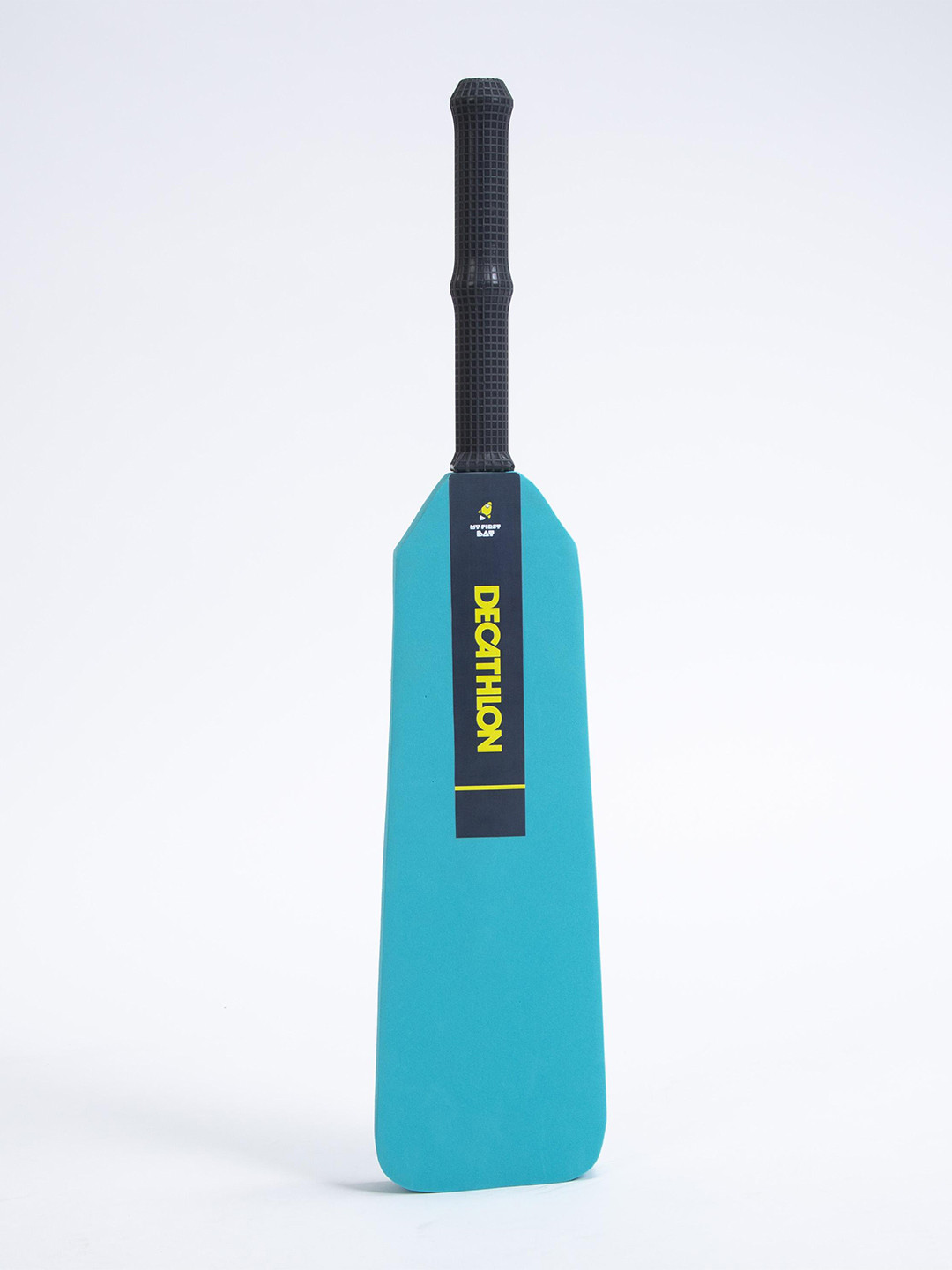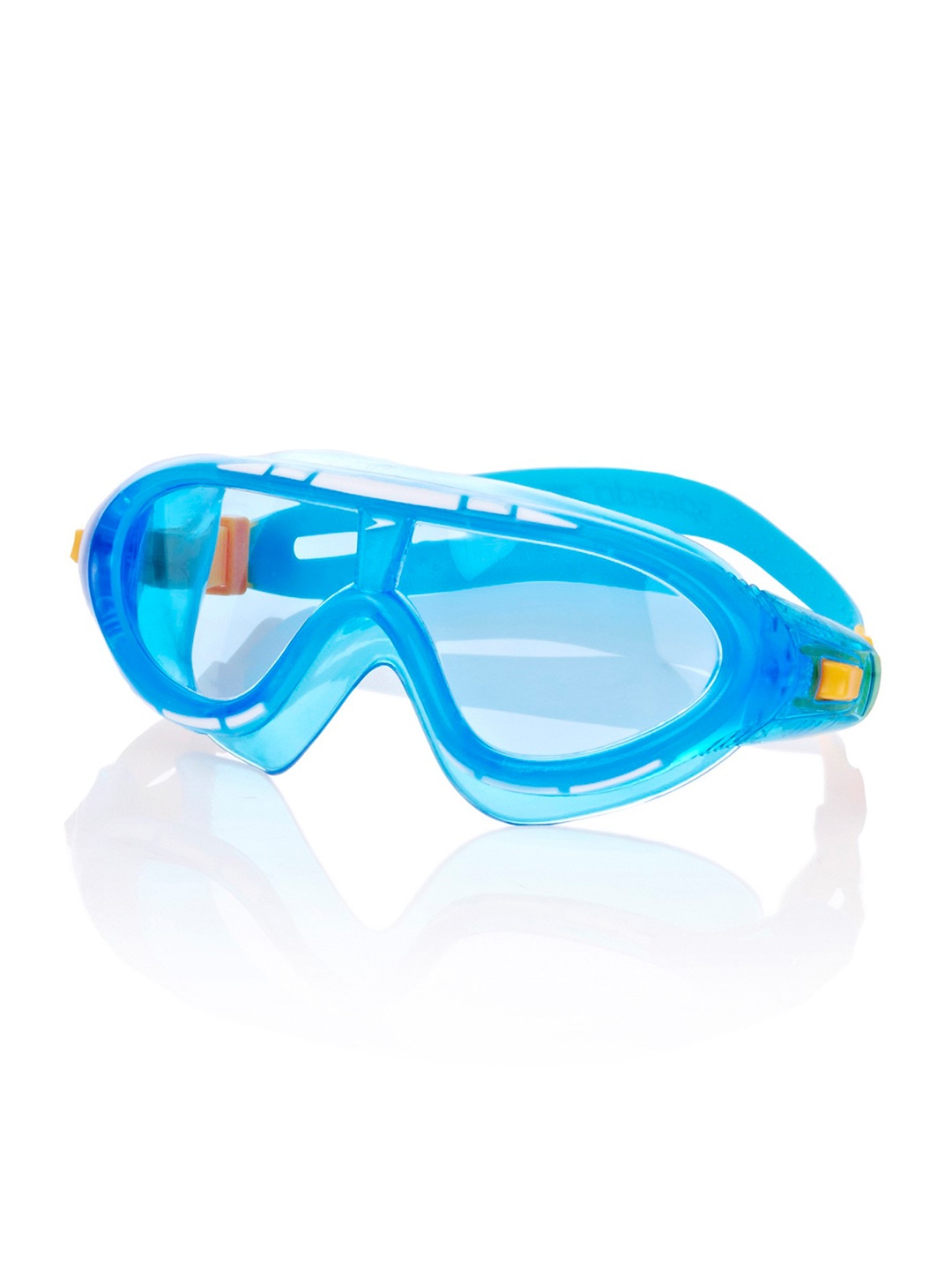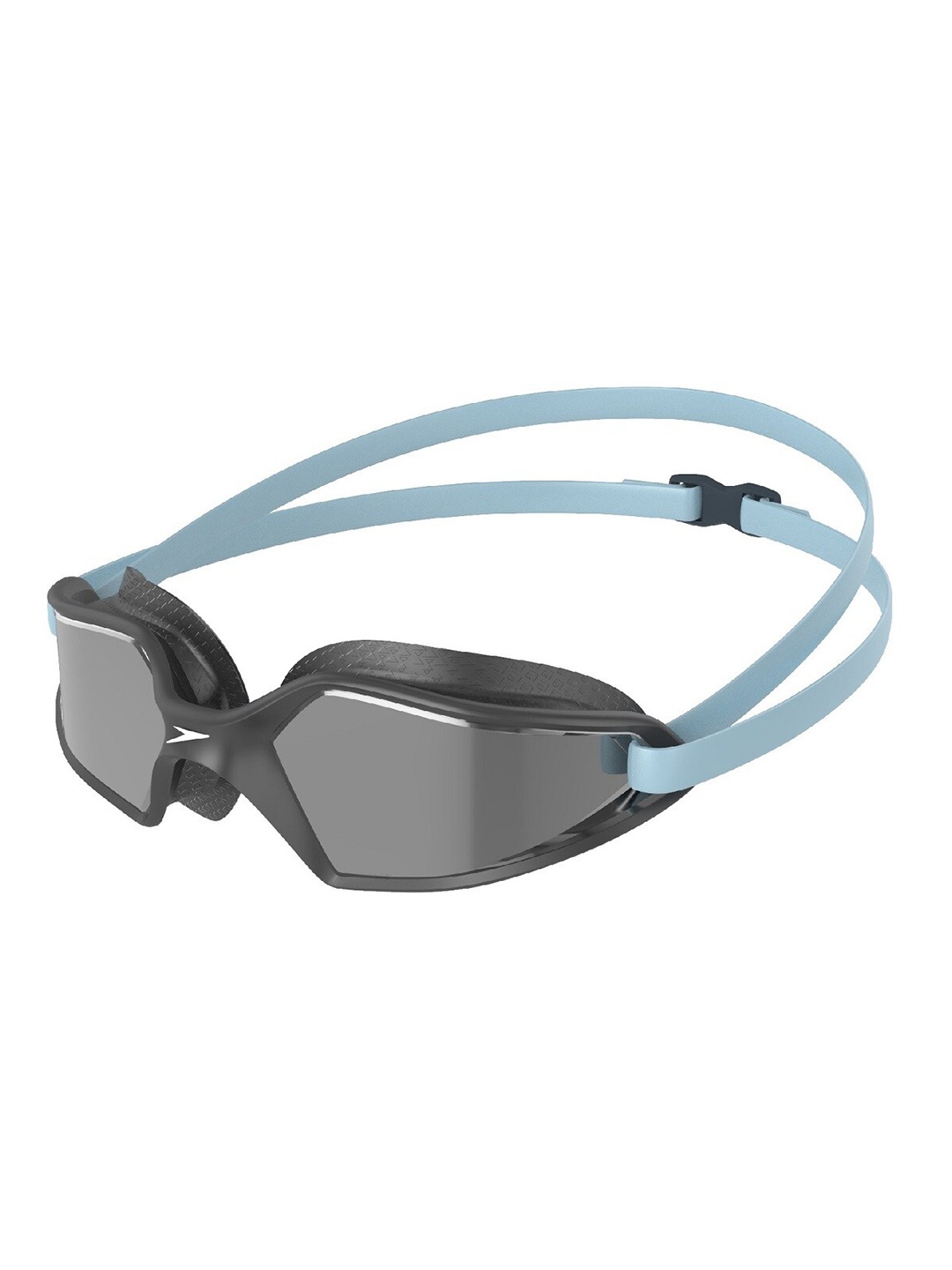How To Buy Gym Weights For Home: A Complete Guide To Space, Budget And Safety
Choosing the right weights is less about flexing muscle and more about balancing space, budget and safety. This is a practical guide with dos and don'ts that will help you avoid expensive mistakes, strained backs and cluttered corners.

Dos and Don'ts of Buying Gym Weights For Home: 10 Essential Things To Lookout For.
The fitness bug has bitten more people than ever, and home workouts are no longer just a lockdown experiment; they've become a lifestyle choice. But with the rush to set up home gyms, one question keeps popping up: how does one actually buy weights without regretting it later?
It might feel as simple as walking into a sports shop, spotting shiny dumbbells and carrying them home. Yet, the reality is trickier. Buy too many and suddenly there's no space left for the sofa. Go too heavy, and the enthusiasm fizzles out after one sore session. Skimp on quality, and you're stuck with wobbly plates and rattling screws that make every workout feel like a gamble.
Think of buying gym weights for home like buying furniture; it's not just about looks but about fit, durability, cost, and safety. With that in mind, let's dive into this 10-point guide about choosing wisely.

10 Dos and Don'ts of Buying Gym Weights For Home: Space, Budget And Safety; Photo Credit: Pexels
The Essential Dos and Don'ts When Choosing Gym Weights For Home
1. Do: Assess Your Available Space First
Picture this: a friend excitedly buys a full rack of dumbbells, only to discover there's barely room left to walk around the bed. Space is the silent player in any home gym setup, and ignoring it leads to frustration. Before even thinking of plates, rods or kettlebells, pull out a measuring tape and check the corners you're willing to dedicate to fitness.
A studio apartment might only have space for a couple of adjustable dumbbells and a yoga mat. On the other hand, if you have a spare room or garage, a barbell with a bench could fit snugly. The trick is not to overestimate. Weights aren't just heavy, they're bulky. A 20kg plate might sound small in theory, but stack four of them and suddenly the floor looks crowded.
Don't assume you'll 'find the space later'. Moving sofas around every time you want to lift is an instant motivation killer. Plan where weights will rest when not in use. Consider foldable racks or compact stands if space is tight. Treat your home gym corner like real estate, every inch counts.
2. Don't: Go Overboard with Weight Options
It's tempting to buy a collection that looks like a professional gym. Rows of shiny dumbbells in 2kg, 4kg, 6kg, 8kg, and so on, it feels complete. But the truth is, most people don't need that many at home. Unless you're training multiple family members with vastly different strength levels, buying every size ends up as an expensive decoration.
Focus instead on adjustable dumbbells or a barbell with plates. This way, one set covers a range of weights. A single adjustable dumbbell can replace six or seven pairs, saving space and money.
Do think about your progression. Start with what you can lift comfortably for 10–12 reps and add in extra plates later. It's like cooking, there's no need to buy a masala dabba with 20 spices when all you'll use regularly are turmeric, cumin and chilli powder.
Going overboard often leads to guilt, watching a pile of unused weights gather dust is the fitness version of an impulse online shopping regret.
3. Do: Match Your Budget with Your Commitment
Buying home weights is like entering a relationship, you don't want to overspend on the first date. There are weights for every pocket, from basic cast iron dumbbells at ₹2,000 to fancy imported adjustable ones costing over ₹20,000.
The real question is: how serious are you about using them? If you're only looking at a casual 15-minute evening workout, there's no need to burn a hole in the pocket. But if weight training is part of a long-term plan, investing in sturdier equipment pays off. Cheap weights chip, rust or loosen quickly, which is both frustrating and unsafe.
Don't assume expensive automatically means better. Sometimes, mid-range equipment from local sellers is just as reliable as branded ones, minus the price tag. Treat your budget like a thali meal, balanced, filling, but not over the top. Splurge only if you're certain it'll be used consistently.
4. Don't: Ignore Flooring and Noise
Here's a hidden cost many forget: the floor. Drop a dumbbell on tiles and you might be shopping for both new flooring and new weights. Similarly, clanging plates at odd hours might make you the least favourite neighbour in the building.
Investing in rubber mats is a simple fix. They not only protect the floor but also absorb noise. Even interlocking foam mats, commonly used in kids' play areas, work wonders. Think of it as buying a cover for your phone: not glamorous, but essential.
Do check the material of weights as well. Rubber-coated or neoprene dumbbells are quieter and safer to handle. If space is small and you share walls, silence becomes as important as strength. After all, lifting shouldn't lead to complaints from the family watching TV in the next room.
5. Do: Consider Safety and Grip Quality
A weight is only as good as your ability to hold it. Slippery handles or poorly finished edges can cause injuries faster than any wrong posture. Imagine sweating through a set of squats only to have a dumbbell slip mid-rep, it's not just embarrassing but dangerous.
Look for textured grips, rubber handles, or knurled finishes that make holding comfortable. Test them if possible. Even a small detail like a loose collar on a barbell can be the difference between a smooth workout and a sprained toe.
Don't underestimate safety just because the equipment 'looks strong'. Many cheaper versions cut corners in quality. A few extra hundred rupees for a sturdier grip is worth it. Think of it like choosing footwear, you wouldn't buy shoes that slip on tiles, so why settle for weights that risk slipping from hands?
Also Read: Best Office-to-Gym Bags For Men And Women In 2025: Stylish And Functional Picks
6. Don't: Forget About Storage Solutions
Weights don't magically disappear when the workout ends. They'll sit there, staring at you, and if left scattered, they become trip hazards. Stubbing a toe on a 10kg dumbbell lying on the floor is a pain you won't forget quickly.
Do factor in storage right from the start. If buying multiple sets, consider a small rack or vertical stand. Adjustable dumbbells save space, but even they need a designated corner. A neat space is motivating, you're more likely to use weights when they don't feel like clutter.
Storage is often overlooked until it's too late. Just like keeping spices organised in a kitchen box, your workout gear also deserves order. It's a simple step that saves both space and sanity.
7. Do: Start with Functional, Everyday-Friendly Options
For many, fitness goals revolve around staying active, improving posture and keeping strength for everyday tasks. In such cases, fancy Olympic barbells aren't necessary. A pair of dumbbells, a kettlebell, or even resistance bands paired with smaller weights can cover most needs.
Don't rush to buy the heaviest or most advanced options because they look 'pro'. It's like buying a high-end DSLR when all you want are family photos for social media. Start small, grow gradually, and upgrade only when your body genuinely demands more resistance.
Practical, versatile weights make workouts enjoyable. There's satisfaction in knowing the same kettlebell can be used for swings, squats and presses without overcrowding the room.
8. Don't: Ignore Local Sellers and Pre-Owned Options
Many assume that only branded sports outlets or glossy online stores are reliable. Yet, local shops often stock quality weights at better prices. Some even offer customisable options, like adding rubber coating later.
There's also a thriving pre-owned market for fitness gear. Plenty of people buy weights during a burst of enthusiasm and then resell them at nearly half price once the excitement fades.
Do check condition carefully if going second-hand. Rusty plates or bent rods aren't worth the trouble. But with a bit of patience, you could snag a set of dumbbells at ₹4,000 that would otherwise cost ₹7,500.
Skipping these options is like refusing street food because only restaurants seem 'safe'. Sometimes the best finds are right around the corner.
9. Do: Keep Your Fitness Goals Realistic
Buying weights is only one part of the story, the bigger part is how consistently you'll use them. Aiming to lift 50kg in three months when you currently struggle with 5kg is unrealistic and sets you up for disappointment.
Don't buy equipment that's way ahead of your current fitness level. Not only does it take up space, but it can also discourage you when progress feels slow. Focus instead on weights that match today's strength and allow gradual growth.
Think of it like cooking a thali, you don't start with a feast when you're learning to boil rice. Begin small, enjoy the process, and slowly build up. Fitness is a marathon, not a sprint, and buying weights should reflect that mindset.
10. Don't: Neglect Expert Advice
There's wisdom in seeking guidance before spending. Trainers, physiotherapists or even seasoned gym-goers can help you decide what's worth buying. A five-minute chat might save thousands of rupees and prevent mistakes.
Do reach out to someone knowledgeable, especially if you have health conditions or previous injuries. For example, someone with lower back issues may be better off starting with resistance bands and light dumbbells rather than heavy barbells.
Skipping advice is like trying to drive without Google Maps, possible, but you'll probably take wrong turns and waste fuel. Fitness is already challenging enough; why make it harder by choosing blindly?

10 Dos and Don'ts of Buying Home Weights: Space, Budget And Safety
Photo Credit: Pexels
Products Related To This Article
1. Amazon Basics Neoprene Dumbbells
2. Flexnest Adjustable Iron Dumbbells Set
3. Burnlab 6 in 1 multifunctional weight training kit
3. Leeway Rubber Coated Bouncer Dumbbells Weights
4. Amazon Brand - Symactive Neoprene Coated Dumbbell Combo with Stand 15 Kg
Buying home weights is less about copying a commercial gym and more about tailoring equipment to your lifestyle. Think of it as investing in a habit, not just hardware. Space, budget and safety are the three pillars, but within them lies a world of flexibility.
Measure your space, choose practical options, and think about safety. Don't overspend, clutter your room, or ignore the little things like flooring and storage. Start small, stay consistent, and grow into your weights at your own pace.
The perfect home gym isn't about how much metal you own, it's about how comfortably, safely and joyfully you use it. When chosen wisely, weights can be companions for years, helping you lift not just in workouts but in everyday life. Shop now on Amazon.

























